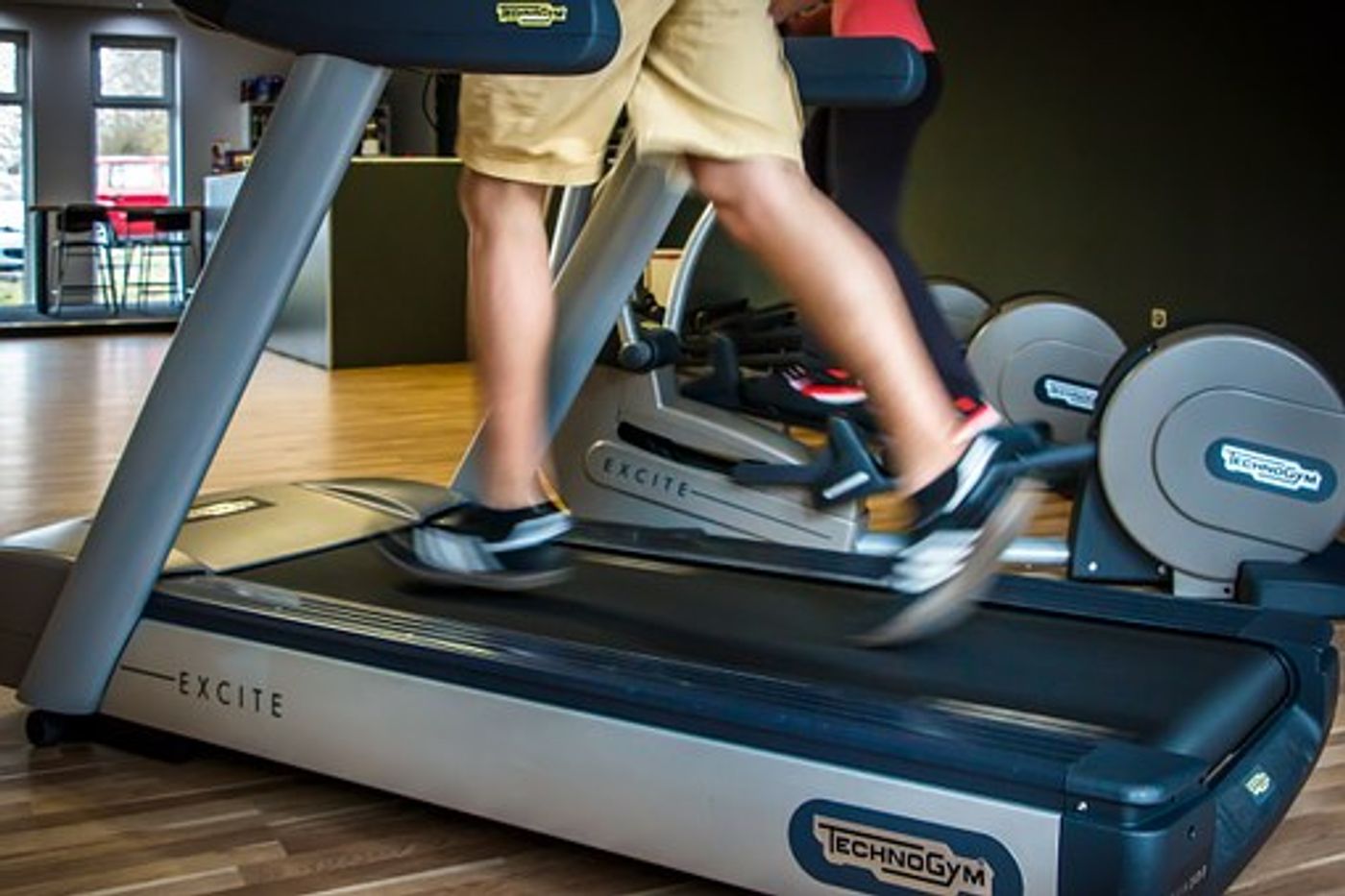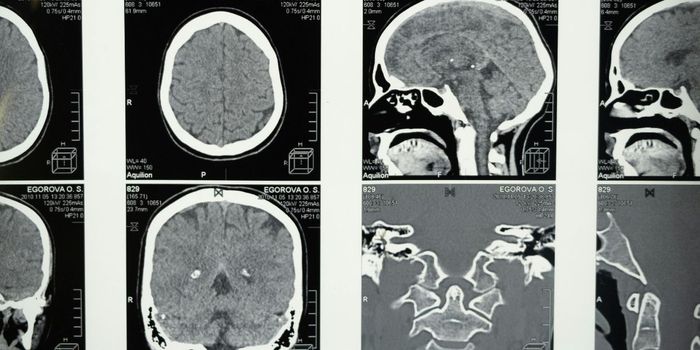Sedentary Lifestyle More Deadly Than Smoking
Some recent studies have found adverse cardiovascular associations with regular high-intensity exercise. In these studies, researchers found higher instances of atrial fibrillation, coronary artery calcification, myocardial fibrosis and aortic dilatation associated with extreme levels of fitness. These studies raise questions about what level of exercise, if any, is beneficial to a person's health.
The findings also cast doubt on the use of exercise in preventative medicine. This misinformation is especially dangerous in the face of much scientific evidence indicating that heart disease, amongst other chronic illnesses, is not only preventable through the use of exercise prescription but is even reversible.
In response to this research, which seems to cast exercise into a negative light, a study was published Friday in the journal JAMA Open Network. This new study’s objective was to assess the association between all-cause mortality and cardiorespiratory fitness levels in patients who had been administered treadmill fitness testing.
In this study, 122,007 adult patients who had been referred for treadmill stress testing were grouped by age and sex. Patients were then arranged into groups based on their levels of cardiovascular fitness. The five performance groups as defined by researchers were: low, below average, above average, high and elite. Of those included in the final cohort, 13,637 patients died throughout the study’s 8.4-year median (4.3-13.4 year) follow up period.
It is important to mention that patients with advanced coronary artery disease may not be referred to fitness testing if they are unable to reach 85% exercise intensity during a treadmill fitness test. Therefore the benefits for these high-risk patients were not analyzed by this study. Patients who were excluded also include those for whom sex data was unavailable and those who underwent pharmacological stress testing.
Exercise tests on treadmills are the most widely used methods of testing cardiorespiratory failure in patients. Exercise physiologists generally administer these tests in hospital fitness labs according to a set of strict guidelines. This data is an exceptional source of information for researchers. This is because the statistical evidence was objectively sourced in a clinical setting rather than having been collected from self-report questionnaires, which are notoriously inaccurate.
Researchers found that all-cause mortality is inversely related to cardiorespiratory fitness levels and risk was the lowest in the “elite“ fitness groups. In addition to finding a significantly reduced risk of mortality, the data seems to indicate no upper limit to the benefits of cardiovascular exercise. Even those who were classed as ‘elite” exercisers had a reduced risk of all-cause mortality compared to those in the “high” exercise groups. Also revealed was that the risks to the lowest fitness level participants were comparable or more dangerous than traditionally monitored clinical risk characteristics like coronary artery disease, smoking, and diabetes.
This information means patients who are not exercisers should be considered at-risk more so than previously thought. In the case that a patient is sedentary, it would be advantageous of a physician to prescribe appropriate fitness regimens to protect and improve health.
Another interesting take away from the study is that persons of all ages found enhanced health with exercise. These findings leave no excuse for those concerned about their quality of life and wellbeing. Exercise comes in so many modalities that there is something right for everyone. So what will you be doing today to keep yourself active and healthy?
Sources: Journal Of The American Medical Association










